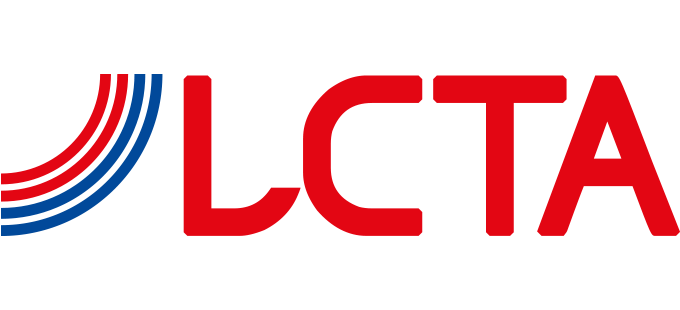Commodity Trading: the Internet of Things, new opportunities and new risks.
Contribution by
Paolo Lezzi
CEO and Founder, InTheCyber Group
paolo.lezzi@inthecyber.com
http://www.inthecyber.com
Over the last few years, there has been a significant increase in the level of connectivity that was hard to be expected.
Adopting IOT devices has become pervasive in the world of commodity trading. These detectors can be found almost everywhere in the chain of the commodity trading process, on ship containers, in the agriculture field in order to monitor land and production, in the oil field and inside mines. These technologies allow to monitor and predict anything that could slow down production and supplies.
Real-time trading. The central role of Internet of Things
The relation between Supply and Demand is the key of commodity trading. All goods must reach the right location at the right time. The Internet of Things allows to collect all real-time information which are needed to ensure that the whole process will not suffer of any kind of impediment. Do not forget all the online trading platforms where transactions take place at incredible rates.
What type of risks do these new technologies involve?
The described process has a very high level of technology, and it is sufficient to compromise a part of it in order to cause alterations on the market. Think about what impact a cyber-attack could have on the devices that provide all the information needed to manage Supply and Demand.
Why do IoT devices often have a low level of security?
One of the first issues is the use of default credentials in IOT devices, for example, the Mirai botnet took advantage of that to infect all the cameras. There are also market needs that encourage the lack of security in IoT devices. The high Demand forces manufacturers to produce new models, without paying the right attention to security issues and ignoring the current updates on older models, which have been replaced on the market by newer ones. Other than IoT devices, it is necessary to manage the whole communication system, which involves many actors in the commodity trading process, including producers, wholesalers, governments, regulatory agencies etc.
What repercussions could there be in the event of a cyber attack?
Definitely, one of them is the damage that could be caused by an actor who is able to alter the veracity of the information that is exchanged in the commodity trading process between the players mentioned before. In addition, there is the risk due to all those cyber-attacks that can reduce the availability of a player’s products by blocking its systems or damaging them, or even attacks that affect trading platforms. Think about the repercussions if a main supplier, such as an oil producer for example, were forced to stop the production due to a ransomware attack.
What is the correct approach that must be taken while facing this transformation?
The pervasive digitalization has brought many advantages, such as the introduction of the block chain technology which allows to not modify Bill of Lading and so on, or the ability to access real time data which used to seem impossible. As always, great possibilities also bring high risks, and that is why even the commodity trading world must approach cybersecurity systemically, considering every single element of the process connected to the Net and therefore, as a potential weak point. It is also necessary to work on security improvement in order to cope with the constant evolution of the cyber threat, protecting processes, technologies and especially training on this threats all people involved.



